Yes, WordPress automatically submit sitemap, when fresh content is published to your site. Sitemaps, which assist search engines like Google crawl your website’s content, are generated and updated by WordPress plugins such as Yoast SEO, RankMath or All in One SEO Pack. If you install one of these plugins, it will automatically update your sitemap.
As a beginner, I have always wondered how search engines like Google find my website. I have always had this big question: does WordPress.com automatically update a sitemap whenever I update or delete a post or a page. Let’s find out the answer here.

Sitemap is a map or blueprint of your website which shows google search, all about your blog posts, photos, videos and even about your “About us” page.
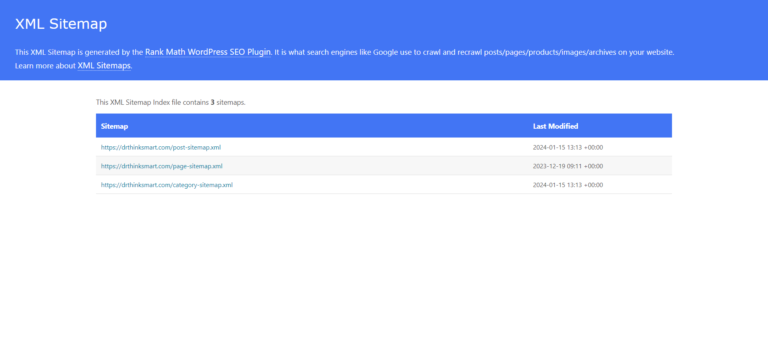
There are three main types of sitemaps:
Now a sitemap.xml is a file that contains a list of URLs of your website, about the posts and pages which are available for these search engines to crawl the site.
Your sitemap can include no more than 1,000 recently updated articles.
You can locate your WordPress site map by just typing into the Google search bar: https://www.nameyourdomain.com/sitemap.xml or https://www.nameyourdomain.com/ sitemap_index.xml
Every WordPress site automatically generates an XML sitemap for you.
A WordPress sitemap is an XML file containing a list of all URLs that you want search engines to index. An XML sitemap’s principal function is to assist search engines explore your website more effectively.
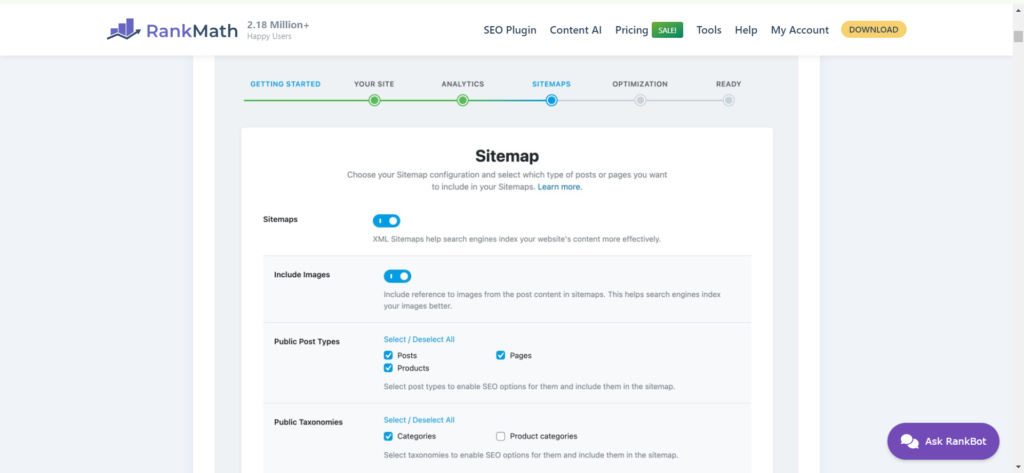
In addition to Yoast SEO and All in One SEO Pack, there are numerous additional popular sitemap plugins for WordPress. Here are some recommendations:
It’s worth mentioning that both Yoast SEO and All in One SEO Pack (described above) include strong sitemap functionality, making them popular alternatives among WordPress users. Finally, the best sitemap plugin for you is determined by your individual requirements and preferences.
Bonus tip: sitemap.xml includes posts, pages, and custom post types. This way you can also check the number of pages or recently added posts of your competitor website.
If you are not using WordPress, then you can create your sitemap using a third party XML Sitemap generator.
Upload the sitemap to your site: After the sitemap has been built, upload it to your website’s root directory. For example, if your website address is www.yourdomain.com, the sitemap file needs to be located at www.yourdomain.com/sitemap.xml.
Submit the sitemap to search engines: To verify that your sitemap is discovered and indexed, use the search engine’s webmaster tools. Google Search Console and Bing Webmaster Tools both allow you to submit sitemaps.
When you make important changes to the site, such as adding or deleting pages, update the sitemap immediately. You may either rebuild the sitemap with your preferred tool or manually update the XML file to show the changes.
Resubmit the modified sitemap: After upgrading the sitemap, resubmit it using search engines’ webmaster tools. This enables search engines to recognize the changes and index the new information.
Always remember that sitemaps are primarily used to help search engines identify and index your website’s content. They cannot ensure that all sites will be indexed, but they can help search engines increase their visibility and crawling process.
The frequency with which you update your sitemap is determined by how frequently your website updates.
New content: When you add new pages, blog posts, or other major material to your website, make sure to update your sitemap.
Content updates: If you often update or edit existing pages, you may want to update your sitemap more often.
URL Changes: If you alter the URLs of your pages, such as updating permalinks or reorganizing your website, you must update your sitemap accordingly.
In general, you should update your sitemap anytime there are substantial changes to your website. This ensures that search engines are aware of the most recent material on your site and can properly crawl it. Also, remember to resubmit the modified sitemap to search engines using their webmaster tools to ensure they are aware of the changes.
Google is our recommended search engine. If you have not yet added your site to Google Search Console, make sure to complete these steps first.
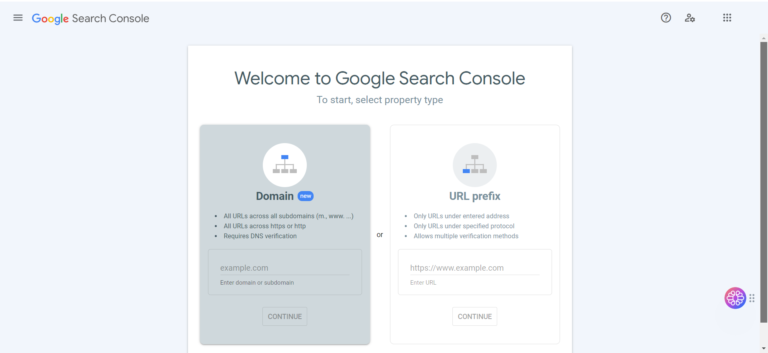
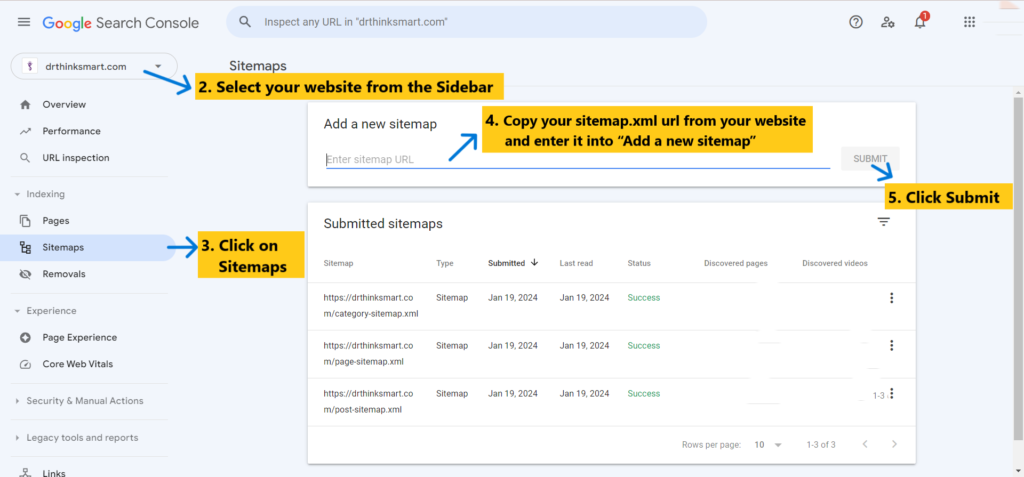
After submitting to Google, it will now include your sitemap URL in your Google Search Console.
Google needs some time to crawl your website. After a period, you’ll be able to view basic sitemap statistics.
This information contains the number of links Google discovered in your sitemap, how many of them were indexed, the image-to-webpage ratio, and other details.Sign in to Google Search Console
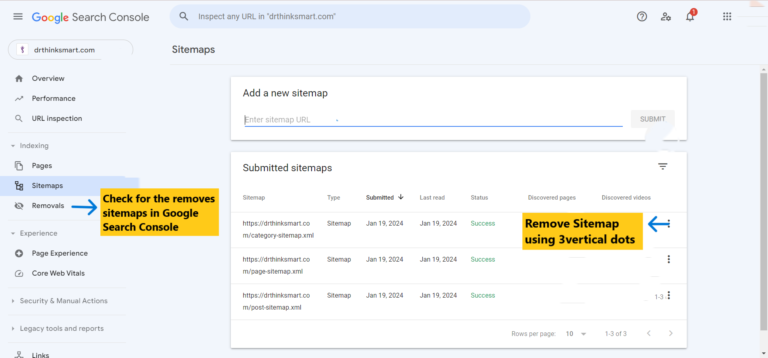
To conclude, the bottom line is that WordPress provides you with a basic map, but you must be the one to send it out to the world. Don’t be scared to get your hands dirty by submitting your sitemap yourself.
WordPress creates basic sitemaps, but for true SEO success, you must optimize and publish those sitemap xml yourself. Now go ahead and impress the search engines that your website is the best in town!
Have any questions regarding sitemaps and WordPress SEO? Put it inside the comments, and let’s study this together. When it comes to mastering the search engine world, no question is too silly! Just remember to have fun and enjoy the journey!
If your site’s pages are correctly connected, Google can generally find the majority of its content. Proper linking implies that any pages that you consider significant may be accessed by some sort of navigation, such as your site’s menu or links put on individual pages.
You may require a sitemap if:
Sitemap is a file that provides information about all your pages so that Google can crawl your site.
Welcome to ThinkSmart, your one-stop shop for turning that blog dream into a reality (and maybe even a paycheque!).